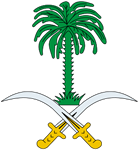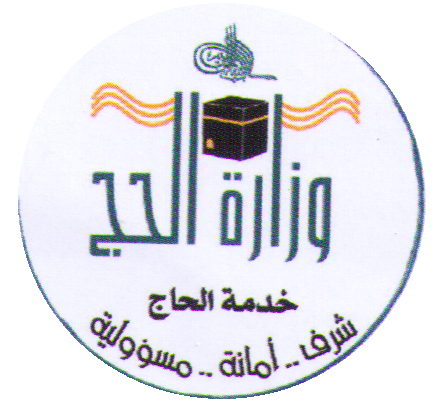


Weather
Geographically, Saudi Arabia is divided into four (if the Rub'al-Khali is included, five) major regions. First is the central region, a high country in the heart of the Kingdom; and, secondly, the western region which runs along the Red Sea coast. The southern Red Sea-Yemen border area constitutes the southern region. Fourthly, there is the eastern region, the sandy and stormy eastern part of Saudi Arabia, the richest of all the regions in petroleum.
The central region, considered the heartland of Saudi Arabia both physically and culturally, is a vast eroded plateau, consisting of areas of uplands, broad valleys and dry rivers. The area also contains a number of marshes. These are thought to be the remnants of inland seas which existed in ancient geological times. Most of the central region is arid, with some oases in the north around Buraidah and Unaizah. At the center of the central region is the royal capital of Riyadh. The climate of the region is hot and dry in summer and cold in winter. Summer temperatures sometimes exceed 40°C (100°F), while in winter the temperature falls to 5°C (40°F) or lower.
The western region includes the rest of the west coast region, along with the mountain chain (with peaks rising to 3,000 meters - 9,850 feet) decreasing gradually in elevation as it moves northward, and the coastal plain bordering the Red Sea. In this region is the busy seaport of Jeddah, known as the Islamic Port of Jeddah, a thriving commercial center. The holy cities of Makkah and Madinah are also in this region. The coastal area of the western region is renowned for its humidity, with summer temperatures rising to above 40°C (100°F).
The southern region is the relatively fertile area of coastal mountains in the extreme southwest (near Yemen). Mountain peaks rise to 3,000 meters (9,850 feet). With ample rainfall to support cultivation, the southern region has always been relatively densely populated.
The eastern region is the country's wealthiest part, containing its massive petroleum resources. The headquarters of the Saudi Aramco are located in this region in Dhahran, near the administrative capital and port of Dammam. Ras Tanura, the world's largest petroleum port, is located to the north of Dhahran. In Dhahran the temperature is an average of 26°C (79°F). Up the coast is the site of the Kingdom's industrial complex at Jubail. The fertile oasis cities of Qatif and Hofuf are also located here. A special weather phenomenon affecting chiefly the eastern region is the dust-storms with strong northwesterly winds called the Shamals. These are prevalent during late spring and early summer, reaching their greatest frequency in June.
In the south of the Kingdom is the famous Rub'al-Khali (the Empty Quarter), a massive, trackless expanse of shifting sand dunes - one of the largest sand deserts in the world - which covers an area of more than 500,000 square kilometers (193,000 square miles) and extends to 1,200 by 500 kilometers (750 by 300 miles).
Summer is hot with temperatures in some areas reaching 49°C (120°F). Winter is cooler with an average temperature of 23°C (74°F) in Jeddah and 14°C (58°F) in Riyadh. Winter temperatures drop below freezing in the central and northern parts of the country, and snow and ice sometimes occur in the higher elevations in the southwest.
Between October and May, the weather is generally pleasant with cool nights and sunny days. Night temperatures in the coastal areas may dip into the single digits Celsius (40s Fahrenheit).